MUSUBI: Unveiling Kyoto's Autumn Treasures
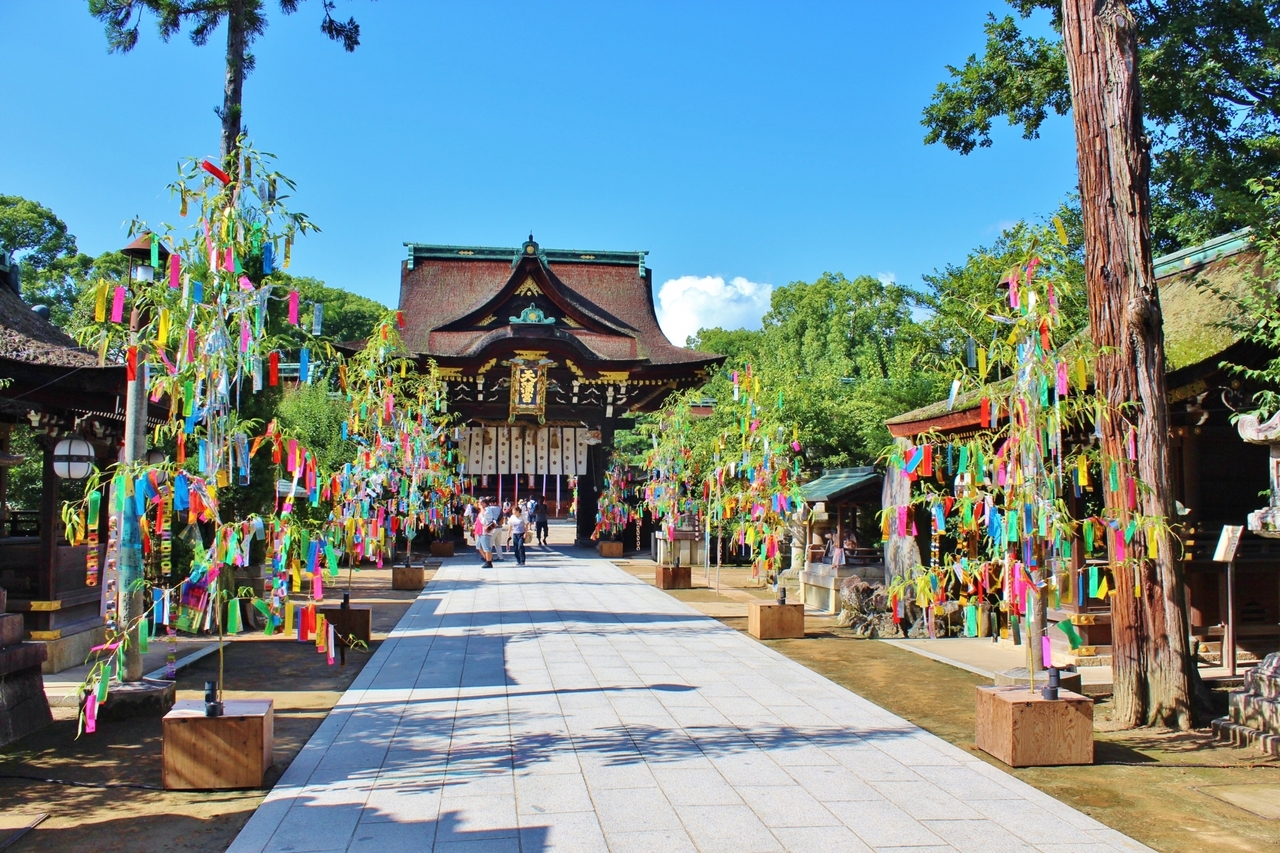
A Personal Seasonal Splendor Beyond the Mainstream
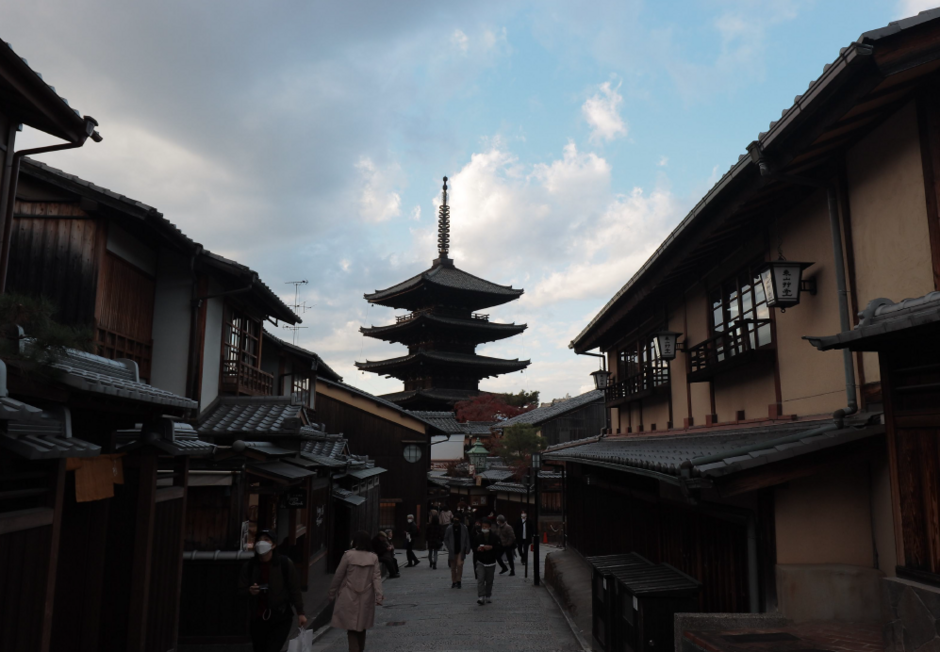
Kyoto, often referred to as the cultural heart of Japan, is a city that seems to transcend time itself. It's a place where ancient traditions coexist harmoniously with the breathtaking beauty of nature. Kyoto, with its historic temples, pristine gardens, and captivating landscapes, truly comes to life in a symphony of colors during the autumn season. As the days grow shorter and the air becomes crisp, the city undergoes a magical transformation. Kyoto's iconic temples and gardens become a canvas, generously splashed with the mesmerizing hues of fall foliage.
But amidst the well-trodden paths and crowded tourist hotspots, there exists a quieter, more personal Kyoto that I hold close to my heart. While many travelers flock to the city's well-known destinations in pursuit of the autumn spectacle, I've always been irresistibly drawn to a trio of hidden treasures - Daigo-ji, Tofukuji, and Kitano Tenmangu. These, to me, are more than just places; they are my favorite underrated gems. These serene and enchanting locales, nestled away from the bustling crowds, offer a unique and authentic encounter with Kyoto's autumn splendor. Here, tradition and tranquility blend seamlessly with the vibrant colors of fall, creating a harmonious haven for reflection and appreciation.
As a resident who called Kyoto home for five years, I had the privilege of living in close proximity to Kitano Tenmangu, and it holds a special place in my heart. The vivid memories of visiting it every month, especially during the autumn season, have left an indelible mark on my Kyoto journey. Now, I invite you to join me in unveiling the hidden wonders of Kyoto's autumn tapestry, and perhaps, like me, you'll find your own cherished retreats amidst the ancient pathways and whispering leaves.
But amidst the well-trodden paths and crowded tourist hotspots, there exists a quieter, more personal Kyoto that I hold close to my heart. While many travelers flock to the city's well-known destinations in pursuit of the autumn spectacle, I've always been irresistibly drawn to a trio of hidden treasures - Daigo-ji, Tofukuji, and Kitano Tenmangu. These, to me, are more than just places; they are my favorite underrated gems. These serene and enchanting locales, nestled away from the bustling crowds, offer a unique and authentic encounter with Kyoto's autumn splendor. Here, tradition and tranquility blend seamlessly with the vibrant colors of fall, creating a harmonious haven for reflection and appreciation.
As a resident who called Kyoto home for five years, I had the privilege of living in close proximity to Kitano Tenmangu, and it holds a special place in my heart. The vivid memories of visiting it every month, especially during the autumn season, have left an indelible mark on my Kyoto journey. Now, I invite you to join me in unveiling the hidden wonders of Kyoto's autumn tapestry, and perhaps, like me, you'll find your own cherished retreats amidst the ancient pathways and whispering leaves.
Daigo-ji: A Tapestry of Tranquility
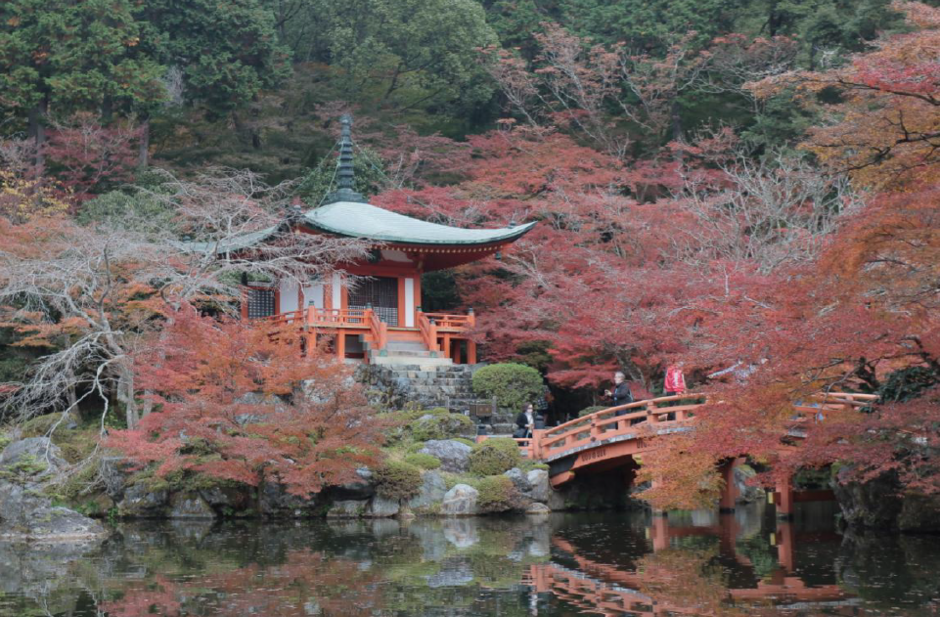
In the southeastern corner of Kyoto lies one of my all-time favorite underrated autumn gems, Daigo-ji. This historic temple complex is a testament to Kyoto's rich cultural heritage and provides a serene escape from the bustling city. Its crowning glory is a stunning five-story pagoda that rises gracefully amidst the surrounding forest. During the autumn season, Daigo-ji's Momiji-en Garden becomes a masterpiece of crimson and gold foliage, making it an ideal spot for contemplation and appreciation.
Background: Daigo-ji has a rich history dating back to the early 9th century. It was founded by the monk Shobo (also known as Rigen-daishi) and served as a place of Buddhist practice and learning. Throughout its history, the temple complex has been associated with prominent figures in Japanese history, including Toyotomi Hideyoshi, who held lavish cherry blossom viewings at the temple. The temple's five-story pagoda, one of the oldest wooden structures in Kyoto, is a significant cultural and architectural landmark. Daigo-ji remains a center for Zen meditation and a place of deep spiritual significance.
How to Get There: From Kyoto Station, take the Karasuma Line to Shijo Station. Transfer to the Tozai Line, and ride it to Daigo Station. A short stroll from Daigo Station will lead you to the entrance of Daigo-ji. It’s a bit of an uphill stroll from the station, but it is sure worth the mini-hike!
Background: Daigo-ji has a rich history dating back to the early 9th century. It was founded by the monk Shobo (also known as Rigen-daishi) and served as a place of Buddhist practice and learning. Throughout its history, the temple complex has been associated with prominent figures in Japanese history, including Toyotomi Hideyoshi, who held lavish cherry blossom viewings at the temple. The temple's five-story pagoda, one of the oldest wooden structures in Kyoto, is a significant cultural and architectural landmark. Daigo-ji remains a center for Zen meditation and a place of deep spiritual significance.
How to Get There: From Kyoto Station, take the Karasuma Line to Shijo Station. Transfer to the Tozai Line, and ride it to Daigo Station. A short stroll from Daigo Station will lead you to the entrance of Daigo-ji. It’s a bit of an uphill stroll from the station, but it is sure worth the mini-hike!
Tofukuji: The Hidden Elegance of Zen
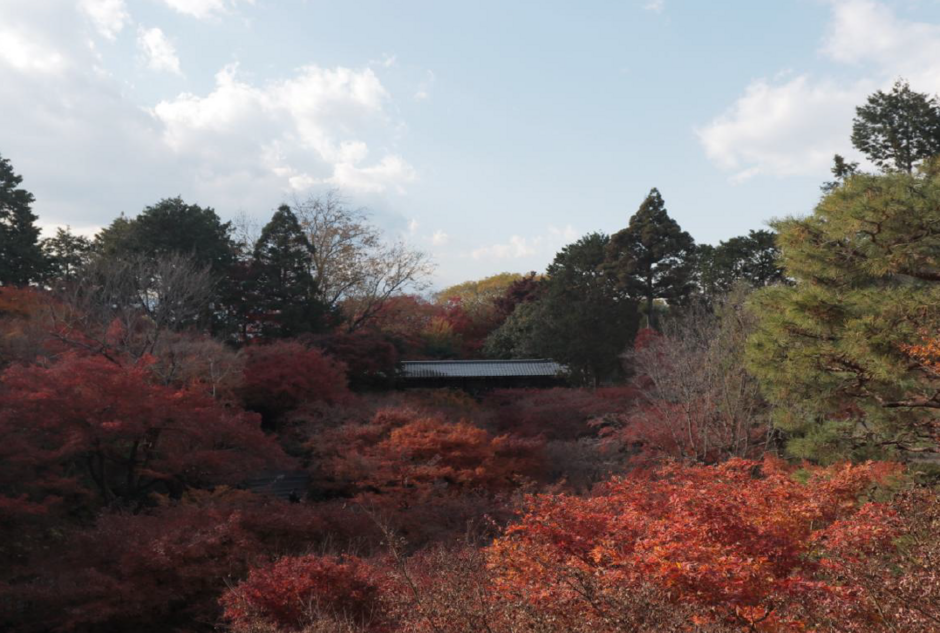
Tofukuji Temple, situated in the southern reaches of Kyoto, is another cherished retreat for me during autumn. This hidden treasure offers a serene and authentic Zen experience that's often missed by mainstream tourists. Wooden walkways wind their way through meticulously designed gardens, which burst into a mesmerizing array of autumn colors. The Tsutenkyo Bridge provides a breathtaking vantage point to soak in the enchanting beauty of the maple trees.
Background: Tofukuji Temple is one of Kyoto's famous Zen Buddhist temples, founded in 1236. It was established by the priest Enni Ben'en, who introduced the Rinzai school of Zen Buddhism to Japan. The temple has played a vital role in the history of Zen Buddhism and is considered a center for Zen practice and study.
How to Get There: To reach Tofukuji from Kyoto Station, take the JR Nara Line to Tofukuji Station. A brief 10-minute walk from the station will take you to the temple's entrance.
Background: Tofukuji Temple is one of Kyoto's famous Zen Buddhist temples, founded in 1236. It was established by the priest Enni Ben'en, who introduced the Rinzai school of Zen Buddhism to Japan. The temple has played a vital role in the history of Zen Buddhism and is considered a center for Zen practice and study.
How to Get There: To reach Tofukuji from Kyoto Station, take the JR Nara Line to Tofukuji Station. A brief 10-minute walk from the station will take you to the temple's entrance.
Kitano Tenmangu: Autumn Retreat for Scholars and Seekers
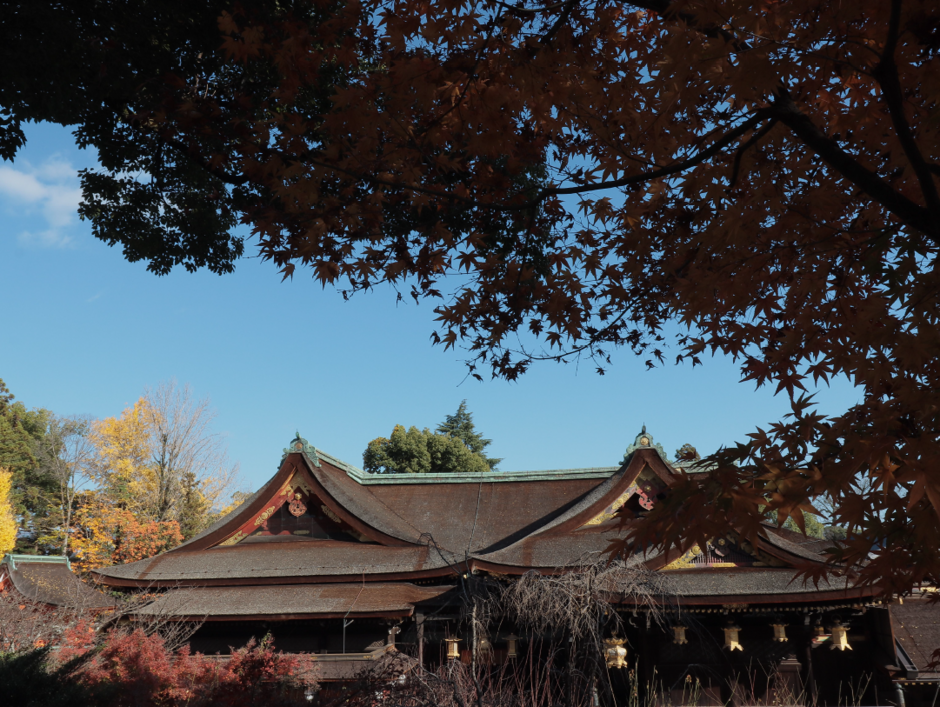
And finally, Kitano Tenmangu! This shrine is a place that holds a truly special place in my heart. Having once lived in the vicinity, I used to visit this shrine every month. During autumn, its transformation is a sight to behold, with vibrant shades of red and gold embracing the grounds. The Momijien Garden, nestled within, is a peaceful haven for contemplation and appreciation.
Background: Kitano Tenmangu is a Shinto shrine dedicated to Sugawara no Michizane, a revered scholar, and poet. It was established in 947 and has a history deeply rooted in academic and scholarly pursuits. Many students and scholars visit Kitano Tenmangu to pray for success in their studies, making it a place where tradition and learning come together in a serene environment. The shrine's association with scholarship and culture has made it a beloved destination for those seeking knowledge and success.
How to Get There: To access Kitano Tenmangu from Kyoto Station, take the Karasuma Line to Imadegawa Station. From there, it's just a 15-minute walk to the shrine, allowing you to immerse yourself in the autumn atmosphere.
Background: Kitano Tenmangu is a Shinto shrine dedicated to Sugawara no Michizane, a revered scholar, and poet. It was established in 947 and has a history deeply rooted in academic and scholarly pursuits. Many students and scholars visit Kitano Tenmangu to pray for success in their studies, making it a place where tradition and learning come together in a serene environment. The shrine's association with scholarship and culture has made it a beloved destination for those seeking knowledge and success.
How to Get There: To access Kitano Tenmangu from Kyoto Station, take the Karasuma Line to Imadegawa Station. From there, it's just a 15-minute walk to the shrine, allowing you to immerse yourself in the autumn atmosphere.
Conclusion
In the hidden corners of Kyoto, I've uncovered a realm of beauty that exists beyond the well-trodden paths of the city. These three treasured destinations, Daigo-ji, Tofukuji, and Kitano Tenmangu, hold secrets that are unveiled in all their glory during the enchanting autumn season. Each of these places possesses a unique charm that resonates deeply with the discerning traveler seeking a more profound connection with Kyoto.
Having spent five formative years in Kyoto as a researcher, my relationship with the city runs deep. Kitano Tenmangu, in particular, holds a special place in my heart. Located in the vicinity of my former residence, I was fortunate to visit it every month, forming a deep bond with this enchanting shrine. The memory of witnessing the shrine's transformation as the vibrant hues of red and gold envelop its grounds during autumn has left an indelible mark on my heart.
As I invite you to join me on this journey through Kyoto's hidden autumn treasures, I hope to share the magic of these underrated gems. Stepping away from the bustling crowds and popular tourist spots, you'll discover a different, more intimate perspective on Kyoto's autumn tapestry. It's a world where ancient traditions, tranquility, and awe-inspiring foliage seamlessly blend, offering a genuinely authentic experience of Japan's cultural heart.
So, as autumn approaches, I encourage you to consider stepping off the beaten path. Embark on your own personal journey through the hidden treasures of Kyoto, where moments of reflection and awe await in the midst of nature's grandeur. These serene havens, while lesser known, hold the power to inspire, rejuvenate, and deepen your appreciation for the beauty that lies within Kyoto's historic landscapes.
Photo Credits:
Top image: ryujinmaple / PhotoAC
Additional images provided by the original author, used with permission. All other content (text) created by the original author and © 2025 MUSUBI by Borderlink
Having spent five formative years in Kyoto as a researcher, my relationship with the city runs deep. Kitano Tenmangu, in particular, holds a special place in my heart. Located in the vicinity of my former residence, I was fortunate to visit it every month, forming a deep bond with this enchanting shrine. The memory of witnessing the shrine's transformation as the vibrant hues of red and gold envelop its grounds during autumn has left an indelible mark on my heart.
As I invite you to join me on this journey through Kyoto's hidden autumn treasures, I hope to share the magic of these underrated gems. Stepping away from the bustling crowds and popular tourist spots, you'll discover a different, more intimate perspective on Kyoto's autumn tapestry. It's a world where ancient traditions, tranquility, and awe-inspiring foliage seamlessly blend, offering a genuinely authentic experience of Japan's cultural heart.
So, as autumn approaches, I encourage you to consider stepping off the beaten path. Embark on your own personal journey through the hidden treasures of Kyoto, where moments of reflection and awe await in the midst of nature's grandeur. These serene havens, while lesser known, hold the power to inspire, rejuvenate, and deepen your appreciation for the beauty that lies within Kyoto's historic landscapes.
Photo Credits:
Top image: ryujinmaple / PhotoAC
Additional images provided by the original author, used with permission. All other content (text) created by the original author and © 2025 MUSUBI by Borderlink
WRITER

Armand Rola
From the Philippines
Has lived in historic Kyoto for 5 years and now currently based in vibrant Osaka!
RECOMMENDED
-

Disaster Prevention in Japan
Being prepared for disasters in Japan in very important. Although major earthquakes and typhoons are not tha... -
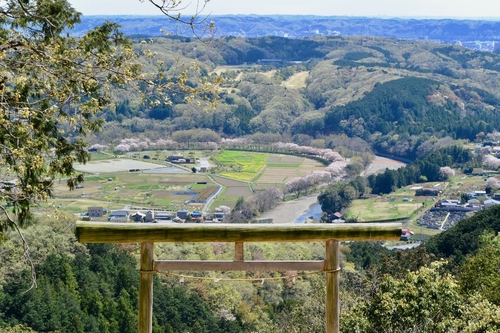
Let's Take a Hike (Part 2)
I found myself basking in the arms of nature’s divine creation. The towering age-old giant trees, thei... -
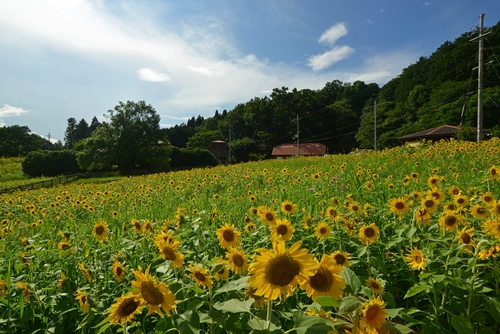
Area Spotlight on Ayabe City, Kyoto Prefecture
As an Assistant Language Teacher (ALT) with Borderlink, you can teach in public schools in cities and towns al...


